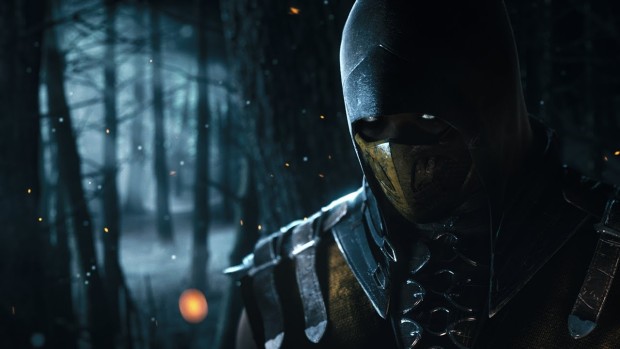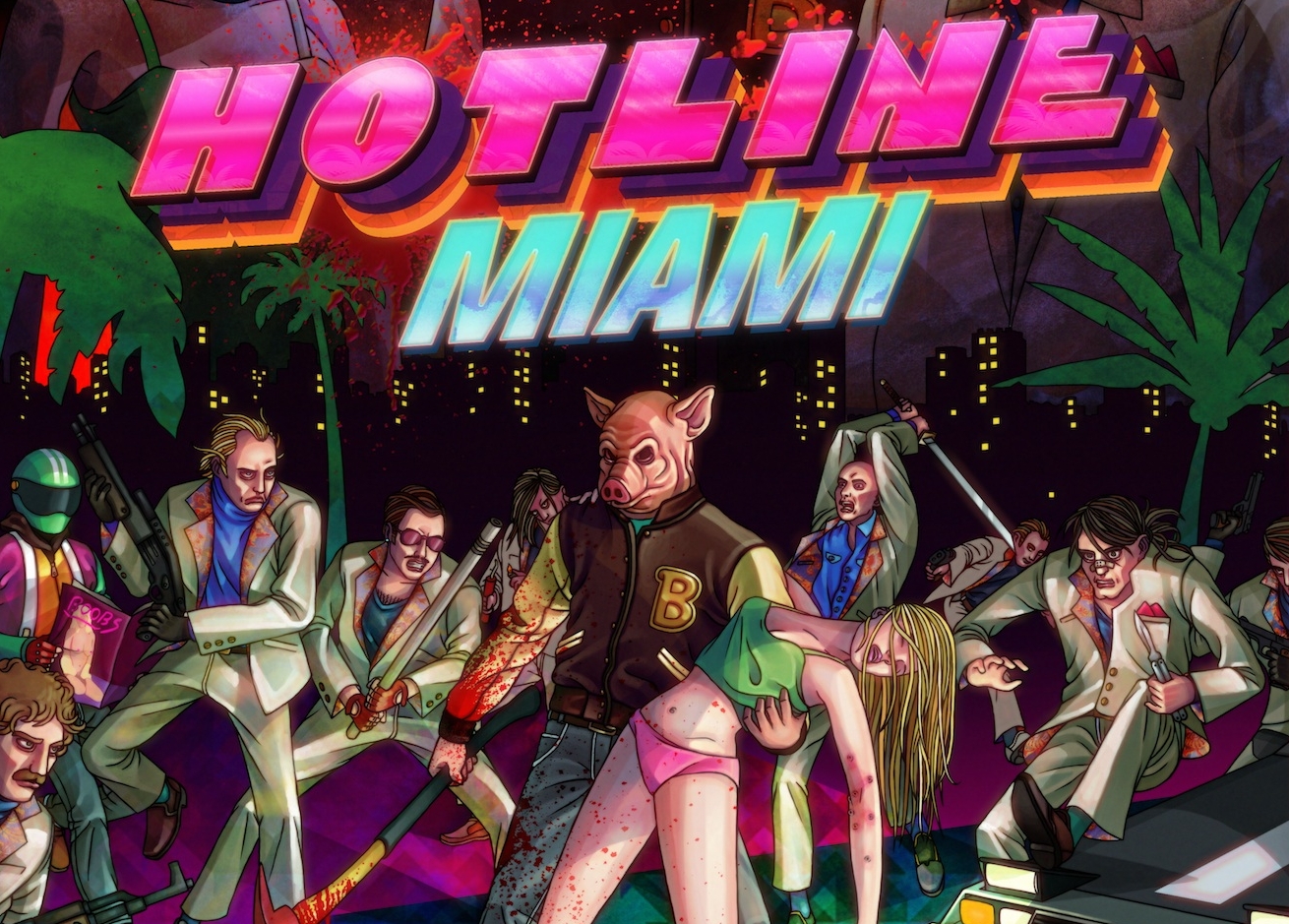And so, we return once again to the age-old question: just how far is “too far”? Most scholars agree that one of the central tenets of art in all its forms is to be transgressive, to challenge tightly held mores and prejudices in order to push society, willing or not, in a healthier, freer direction. However, this drive towards progressiveness should always be counterbalanced by the caveat that upsetting the apple cart often leads to a lot of bruised apples. In less oblique terms, at what point does a piece of art stop being thought provoking and instead become merely gratuitous? For example, was Allen Ginsberg’s Howl (1955) purely a celebration of personal liberty and a clarion call against squeamish piety in white middle-class America? Was Damien Hirst’s The Physical Impossibility… (1991) – you know, that one with the dead tiger shark suspended, as if alive, in a display tank – really an examination of the frailty of human existence or was it just, well, a dead tiger shark suspended in a display tank?
The reader might be wondering what the buff all of this beard-stroking and naval-gazing has to do with videogames – or indeed, if such a lowly pastime should be mentioned in the same breath as the word “art” at all. For now we will not become embroiled in a debate over whether or not gaming can claim that label. Rather, let us turn our thoughts to the thorny challenge posed by even the most cursory time spent in the company of Mortal Kombat X, the latest instalment in a long series of increasingly graphic arcade and home console releases. The objective, such as it is, is to pummel your opponent into bloody, leaky, quivering submission over the course of the round until, if your digits can manage the button combos, you finish him or her in spectacularly gory style. It’s a simple concept, and one that does not take much skill to learn, though some of the trickier moves will require much longer to master.
Right from the very outset, Mortal Kombat is in your face – or, according to some of the skin-slicing, skull-pounding finishing moves, through your face in all possible directions. It is unapologetic in its Grand Guignol approach, and there lies the rub: the game has been slickly, thoughtfully designed not to mention play-tested extensively, but it is also incredibly, at times recklessly violent. Ed Boon, head boffin at NetherRealm Studios, is on record confessing that the development team always have a line that they never want to cross, but on this evidence it is difficult to discern where exactly that line has been drawn – or if it has perhaps been drawn invisible ink. Such thinking is not too different from Brett Easton Ellis’s explanation for his own novel American Psycho (1991): after publication the grotesquery contained therein was no longer his responsibility. To prove the point, here follows just a selection of some of the notorious “Fatalities” and “Brutalities” on offer (if these are spoilers it is more likely that they will spoil your dinner). Jax, a military badass with robotic arms, cleaves open an enemy’s skull and stubs out a cigar on their still spasming tongue. Kung Lao uses his magical spinning bladed hat as a buzzsaw and pushes his assailant into it face first. Scorpion impales someone’s severed head with a throwing knife and their eyes continue to twitch. If these descriptions sound at once ludicrous and horrifying, that is because Mortal Kombat X falls somewhere between the two, and it is a dichotomy that is never quite resolved.
It might seem churlish to lend so much weight to a critique of violence but, to be frank, it is unavoidable, and precisely because Mortal Kombat X is primarily concerned with violence. Sorry, let me rephrase that, because the word “concerned” would suggest that there has been some level of reflective thought involved in the production of such an enthusiastically aggressive game. Yes, there is a storyline about warriors and dimensions and ancient grudges but it is knowingly farcical window dressing to the main event: knocking seven bells out of your opponent. There is an extensive roster of combatants (Kano, Mileena, Reptile et al.) and a variety of modes and minigames and such but in truth these are vehicles for the violence. How you feel about such gameplay will very much depend on how far you are willing to push your own particular moral boundaries. If you are comfortable with watching a person being bisected, turned into a piñata or pounded with their own removed ribs, then there will be plenty to love here. Others, however, might find it just a little weird, particularly when it involves family members (Johnny Cage and daughter Cassie, for example) doing the bisecting. While these depravities are played for laughs, far too often the jockish yuk-yuks are usurped by “oh, that’s just yuck.”
Of course, the counterargument is that none of this is to be taken seriously, that such a cartoonish approach is no different to Wile E. Coyote being squished by an Acme anvil. The exaggerated nature of, say, the x-rays of splintering bones and fragmenting crania, is so far removed from reality that it could not possibly cause offence. Admittedly, the evidence is nearly convincing, and the Mortal Kombat franchise, once described as the antithesis to Street Fighter, has always been known for baiting the conservative. The original, released way back in 1992, was widely censored – the silliest example of this was in some versions the blood was changed from red to green. Senator Joe Lieberman claimed that it would “glorify violence and teach children to enjoy inflicting the most gruesome forms of cruelty imaginable.” One wonders what Mr. Lieberman would say about the physiologically accurate imagery on offer in Mortal Kombat X: gloopy intestines, tactile brains, exposed organs. While it will not inspire children to run feral in the streets, Lord Of The Flies style, it is hard not to be numbed by the regularity with which these things appear onscreen in glorious digital form. Yes, the controls are tight, fluid and responsive, and yes, the graphics are great, but there is no doubt that it crosses a line. Ross Thompson





